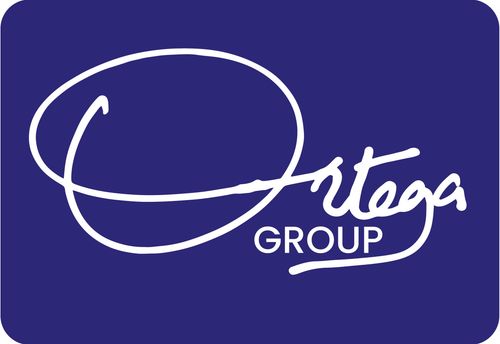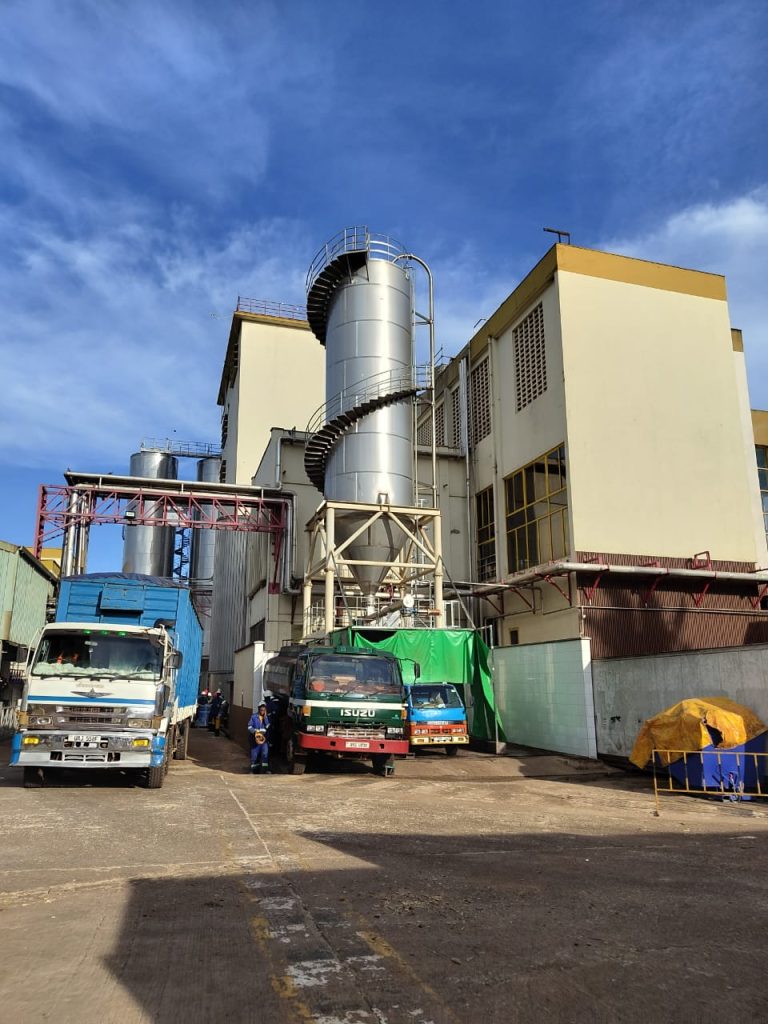By Ian Ortega
There’s a productivity frontier – a point at which all companies develop a sameness, start looking alike. As companies compete, they start benchmarking each other – adopt the best practices from another. Companies then engage in an ideological sameness, they hire from the same pool, poach around the same talent and perhaps, also hire the same consultants. Before long, every company loses its moat and starts to look the same, and thus the competition ground flattens.
But there’s a less-talked about aspect when it comes to competitive advantage – sourcing. Although sourcing is automatically conflated with procurement, it’s more than procurement. If distribution is the downstream of competitive advantage, sourcing is the upstream of this advantage.
Why a company sources? Where it sources? Who it sources from? How it sources? What it sources? All these combined in a mutually integrating reinforcing format presents a new competitive advantage, and perhaps the only true advantage.
Recently, I had a chat with a founder-CEO of one of Uganda’s top manufacturing firms. He shared an experience from their fleet department. A year ago, they purchased these heavy trailers and containers. But when they sat down and did some analysis, they found out that over time they were losing about $1.5 million per annum by running this fleet. Instead, they were meant to have gone for lighter trailers. And you could only arrive at this number by looking at the cumulative cost of this decision.
Another case in point, most drinks manufacturers source for things such as pumps and valves. Pumps may also have consumables such as seals. All these could look like normal day-to-day operational decisions. But if you have a pump that causes a downtime of 5 hours every week, that’s 260 hours a year, about 10 days a year of lost production time. In the era of strategic sourcing, it becomes clear this is a C-suite decision. Choosing the preferred pump supplier for a company that’s hugely dependent on pumps. Not only choosing the supplier but choosing the contracting arrangement with that supplier. Whether to have a service level agreement with the pump supplier? And the location of that supplier? To purchase directly from them? Or to engage a spares integrator?
In this changing landscape, it also then means, every company’s bill of materials (BOM), its inventory becomes a strategic decision. For a company in road construction, the inputs to a quarry such as the ammonium nitrate for the blast operations is a key indicator to watch. The CFO of such a construction firm would then be required to gradually know and be aware of how such input will finally drive the price of road construction, and ultimately how to price and model the financial projections for the firm.
What am I arguing? That for the first time, everyone who sits on that 3rd floor aka in the C-suite will have to go down and become conversant with every input to their company, everything that their company sources. Companies now deal with lists of hundreds of suppliers, lists of hundreds of bills of materials, tens of employees. It becomes the new homework for the C-suite fellows to go back and look within these inputs, match their impact on the Profit/Loss statement and make strategic decisions around those with the highest impact. This could mean bringing some of the inputs inhouse. A case in point, a company used to purchase oxygen cylinders for one of its key machines. But over time, through strategic sourcing, they made the decision to purchase an oxygen generator. And this was a massive productivity gain that meant, such a company now had more space to price better than their competition in the market. But imagine this is just one component, there are many other components in the process, looking at the core banking software for the banking industry and making strategic decisions about this.
This then ushers in the new era of – Strategic Sourcing and the Strategic Sourcing Specialists (SSS). And the strategic sourcing specialist for the first time wears many hats – the financial, the technical, the commercial, legal, and above all, the strategic. A strategic sourcing decision then becomes one that must not just be made right, but it must be made fast and right. And that the second order effects and nth order effects of such a decision must be assessed. That if you choose to buy equipment from China instead of Germany, what does that mean operationally? What does it mean distribution-wise? What about a year or five down the road? What blind spots must you uncover? And where does this set you against your competition?
The procurement lead henceforth must retrain themselves into the Strategic Sourcing Specialist with a direct line into the C-suite. This also then means a transformation in the people management arena, as hiring decisions too now become strategic sourcing decisions. Should you poach talent? Or should you make an investment into an academy and groom talent? And how do you mitigate around the risk that what you groom and develop will get poached? That then becomes also a strategic culture decision. How do we build an environment so good, that people never think of other places?
Organizations must thus break their historical sourcing inertias and reimagine their sourcing decisions as points of strategic advantage and not mere operational activities. Companies that do not invest in this process will henceforth lose their moats and be disrupted by companies that take their inputs as a competitive advantage that deserves constant open eyes.

